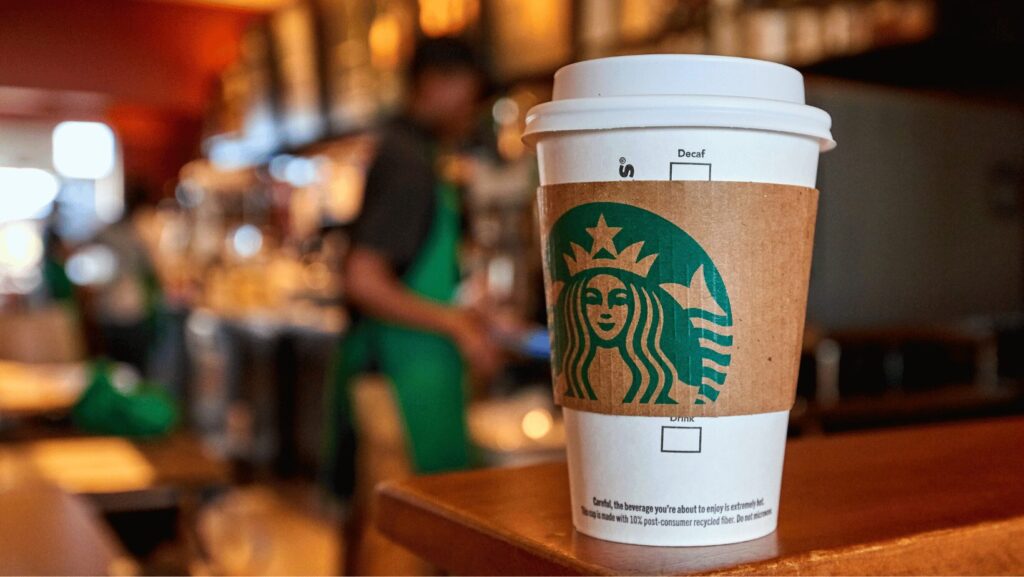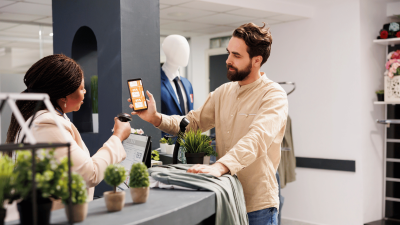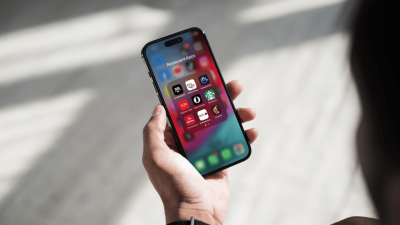Starbucks has long been recognized as the gold standard of coffee shops.
They’ve got a billion-dollar cold drink strategy, some of the world’s most recognizable coffee shop branding, and a brand-new marketing strategy that made waves industry-wide.
But recently, it’s not the drinks that have been in the spotlight — it’s Starbucks leadership and the brand’s staffing concerns.
In this blog, we’ll take you through Starbucks’ leadership’s recent challenges with staffing, including:
- A brief history of the brand’s staffing struggles
- How Starbucks leadership is changing the staffing model
- What your coffee shop can learn from Starbucks leadership’s actions
Let’s dive in.
Starbucks leadership’s staffing struggles: a brief history
Starbucks has struggled with different kinds of staffing issues for the past decade.
But in more recent years, Starbucks employees have started getting louder about their concerns.
In 2020, Canadian Starbucks employees made headlines for vocalizing concerns about understaffing, overworking, and pandemic-related protections.
In mid-2021, Starbucks workers raised concerns about a “more intense [workload],” verbal abuse from customers (with no company intervention), and unfair compensation.
Then, in August 2021, employees decided that enough was enough.
Starbucks workers in Buffalo, NY, join forces to advocate for issues they’d collectively experienced, like “short staffing and unpredictable scheduling, low wages, harassment, and more.”
Petitions to unionize were filed, a working group called Starbucks Workers United (SBWU) was created, and employees across the country started to follow suit.
Since the formation of the SBWU, Starbucks leadership has been under fire, with employees making sure their concerns are heard loud and clear.
- July 2022: Starbucks employees across the country strike in response to leadership’s “refusal to bargain in good faith and anti-union tactics like firings and store closings.”
- November 2023: Starbucks employees stage a nationwide “Red Cup Day” walkout, citing a need for higher pay and more staff, especially during the busy holiday season.
- October 2024: The National Labor Relations Board filed a complaint against Starbucks leadership for cutting unionized workers’ hours without bargaining.
- May 2025: Starbucks employees strike in protest of leadership’s new dress code policy, arguing the policy “distracts the company from addressing key issues impacting staff.”
It’s clear that Starbucks employees have been less-than-satisfied with the company’s leadership for a very long time.
So, what is Starbucks leadership doing now to address the past decade of employee dissatisfaction?
Well, according to what CEO Brian Niccol has been saying…
They want to do a lot.
How Starbucks leadership is changing staffing (and why)
Adding a new Green Apron Labor Model
On July 29, 2025, Starbucks leadership announced a brand-new service model called “Green Apron Service.”
The Green Apron Service is “designed to ensure every customer has a great experience,” and is built on three main pillars:
- “New operating standards in our coffeehouses, [centered] on customer service and anchored by five key moments.”
- “A refreshed staffing and deployment model, [including] additional hours to ensure the right partners are in the right place at the right time.”
- “Smart Queue technology [designed] to help [Starbucks] consistently meet [their] four-minute service commitment across both café and drive-thru.”
The model is supposed to include additional in-store features too, like “technology to more efficiently sequence orders” and the hiring of “a dedicated barista for [drive-thru] orders.”
After the model’s initial pilot, leadership says the Green Apron Service has promising results.
“In just eight weeks of piloting Green Apron Service in 1,500 stores, we’ve seen faster service, stronger customer connections, and more engaged partners,” the brand shared in a press release. “This isn’t just a new way of working—it’s a return to what makes Starbucks special: human connection.”
Hiring more Assistant Store Managers
Current figures suggest that only 20% of Starbucks in the US have an Assistant Store Manager, a typically short-term role that varies from location to location.
But, according to a June 2025 press release, that changes this year.
Starting in fall 2025, Starbucks will add “at least one dedicated, full-time [ASM] in most company-operated stores in the US,” an attempt to address the leadership gap that so many stores have been facing up until now.
“This isn’t just about adding the role in more stores,” explains Sara Kelly, Starbucks’ Chief People Officer. “[It’s] about evolving how we support our customers and green apron partners. The ASM will serve as a true partner to the coffeehouse leader — ensuring consistent leadership presence during more operating hours and helping run the business, guide teams and serve customers.”
This change is intended to provide a more “consistent leadership presence” during Starbucks’ operating hours while also adding a staff member who can help run the day-to-day business, guide and support employees, and also help serve customers.

Creating a better internal promotions pipeline
As of 2024, up to 83% of Starbucks’ promotions were internal.
But, starting in 2025, Starbucks leadership wants that figure to hit 90%.
“We’re setting a new goal of hiring internally for 90% of all our retail leadership roles within three years,” said Niccol in an announcement. “We want to create more meaningful career opportunities [with] a clear path to management and leadership. That means an increased focus on internal development, training and mentorship so [we] can promote from within more often.”
Part of Starbucks’ plan to refocus on internal development and training includes a leadership gathering that happened this past June.
Leadership Experience 2025 (LE25) welcomed over 14,000 leaders from Starbucks stores across North America for the brand’s “largest leadership gathering ever.”
“This isn’t just a reset — it’s a recommitment to who we are when we are at our best,” said Mike Grams in a press release. “LE25 is our moment to recommit to a culture of hospitality and excellence. We’re making progress, have real momentum with our “Back to Starbucks” plan and are on the right track to turn the business around.”
What you can learn from Starbucks leadership’s staffing history
Prioritize your people
Starbucks employees have not always been happy with their employment.
In the past, Starbucks leadership hasn’t done much to remedy that — but now, it seems like they’re trying.
The brand hosted its first leadership development experience. ASMs are getting hired nationwide. A virtual assistant is being piloted. And salaried employees are getting a 2% raise.
Small changes can lead to big improvements in employee morale, which should always be your priority — because happy, fulfilled employees mean happy, repeat guests.
Give managers relief valves
One of Starbucks’ employees’ biggest concerns is understaffing.
And, just a few months ago, Starbucks leadership announced they messed up.
“[Over] the last couple of years, we’ve [been] removing labor from the stores,” said Niccol in Starbucks’ Q2 earnings call. “[And that] wasn’t an accurate assumption with what played out.”
Now, Starbucks leadership is hiring baristas at 3,000 locations nationwide to correct their mistake.
Remember: being busy is good, but burning out your employees is not a badge of honor.
Listen and learn
It’s no secret that Starbucks leadership has faced its fair share of backlash over the years…
But, from what we’ve been hearing lately, they are trying to learn from their mistakes and get back on track.
At LE25, Starbucks leadership announced new, feedback-based changes, like testing new drinks before launching them company-wide and getting input from ASMs about hiring needs.
So, when your employees tell you something’s not working, listen.
You know the business, but they know the front lines.




